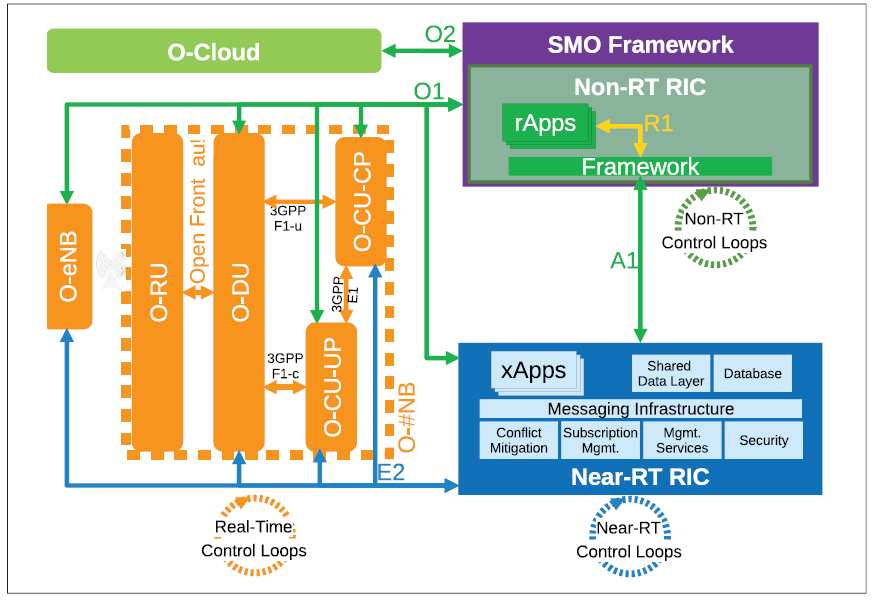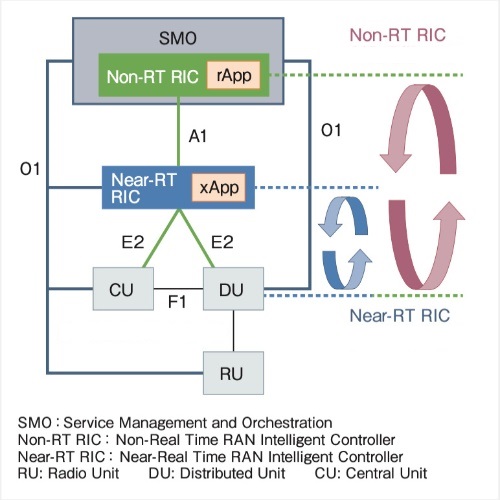As you may know, there are two main components to RIC or RAN Intelligent Controllers (RICs) as below: Closed-loop control running at time scales of 10ms to 1s (Near-Real-Time, or […]
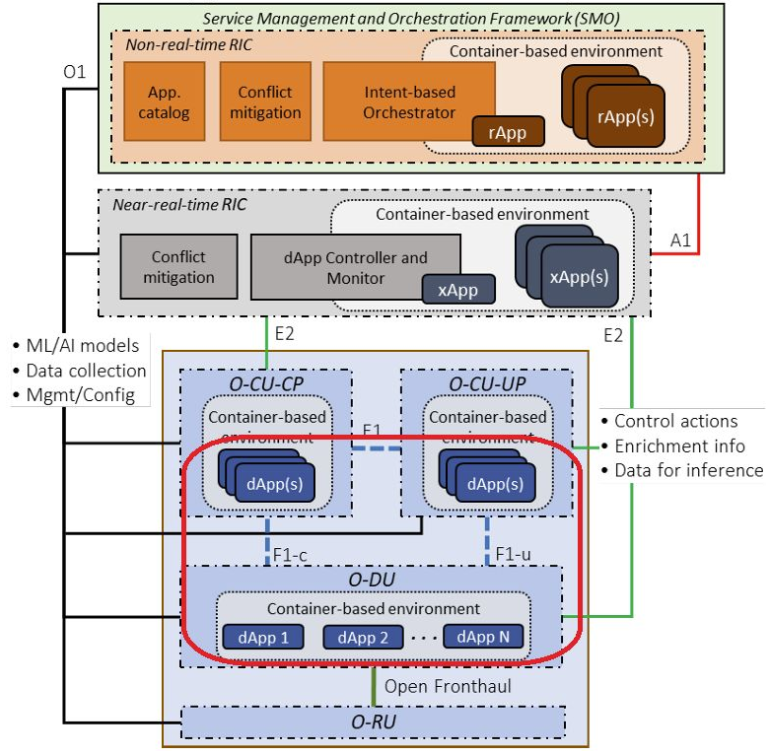
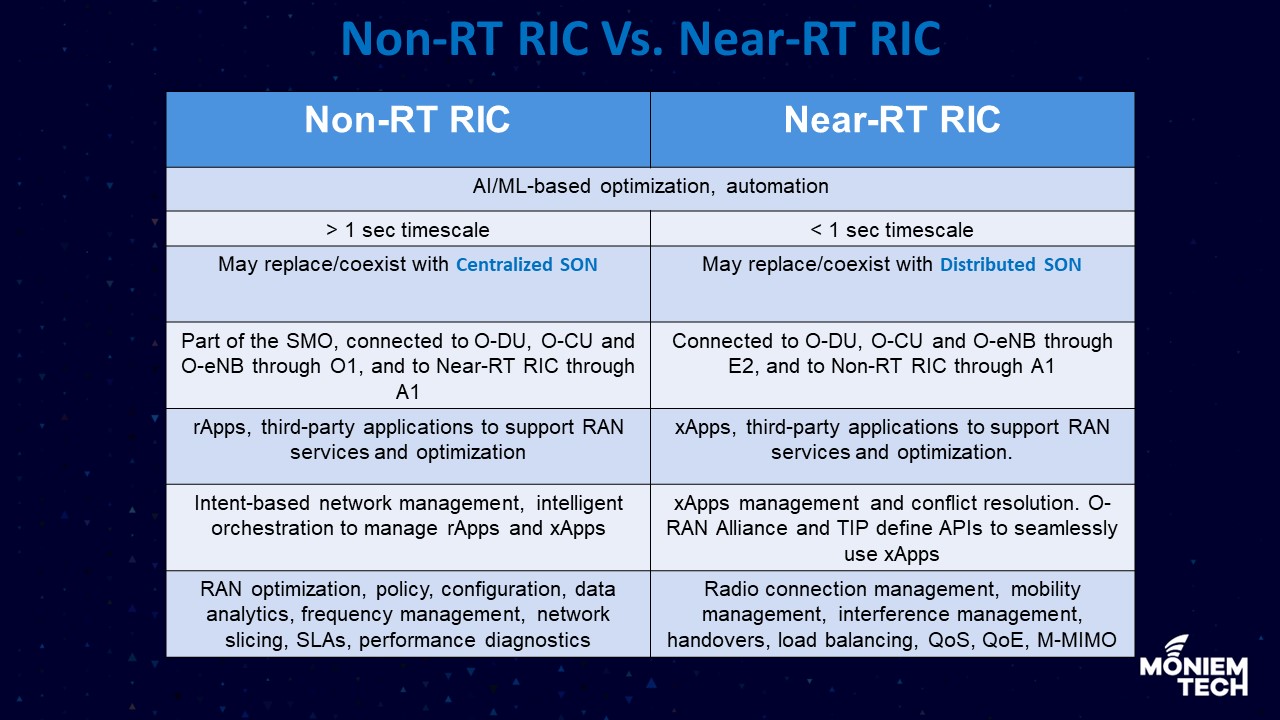
The RAN intelligent Controller (RIC) is cloud-native, and a central component of an open and virtualized RAN network. The RIC aligns with 3GPP release 15 and beyond. It is foundational […]
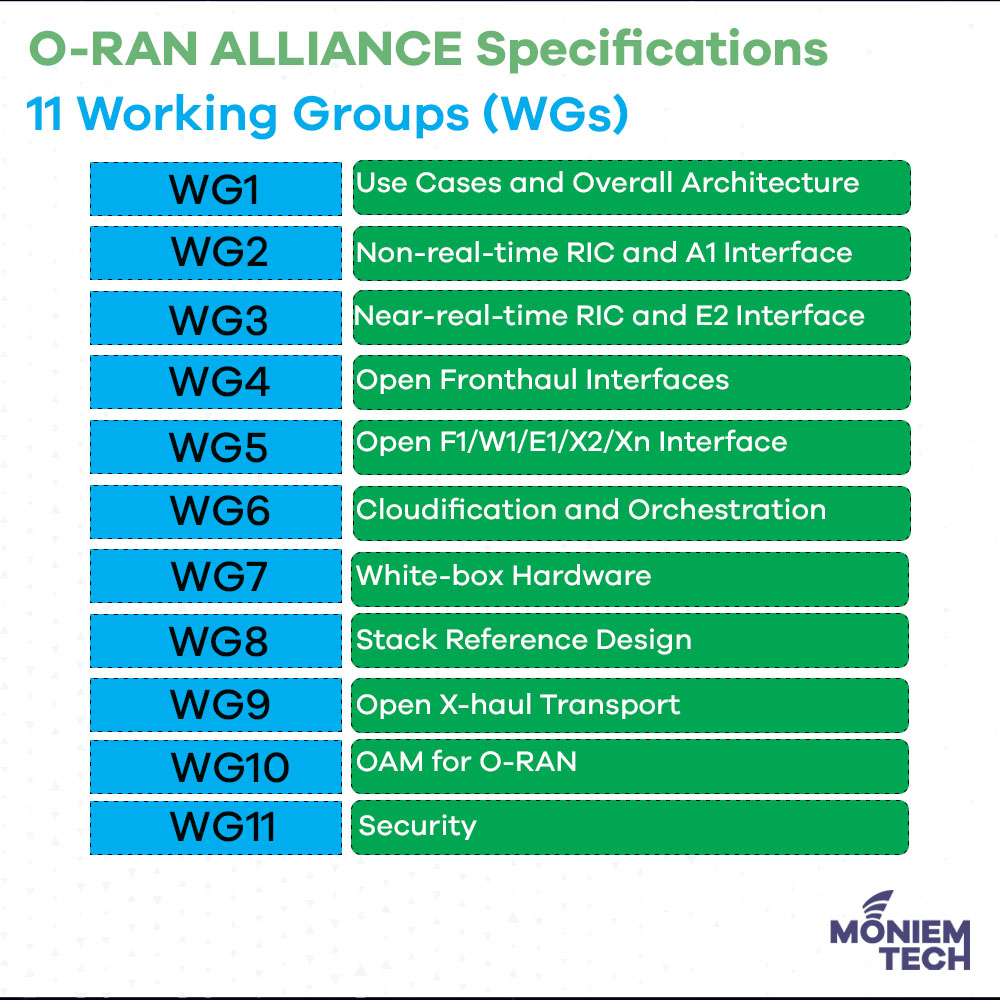
The O-RAN Alliance (O-RAN) is a group that is defining specifications for radio access networks. It is a global alliance founded in 2018 and it is now comprised of close […]
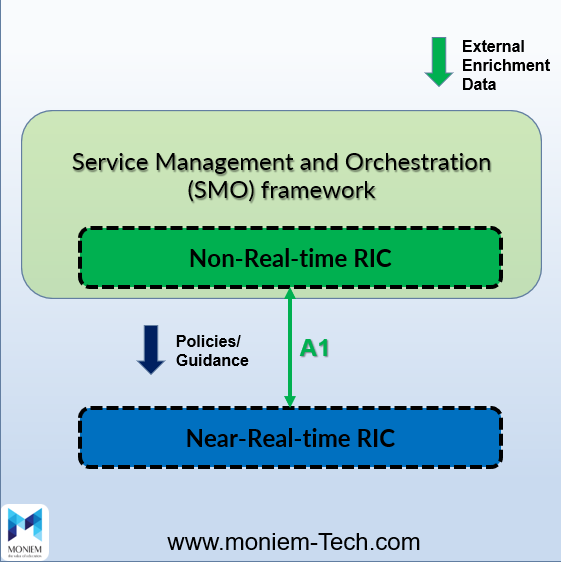
In this article, I’d like to give more focus on a powerful component in the Open Radio Access Network (Open RAN) Architecture that will make an amazing shift in the […]
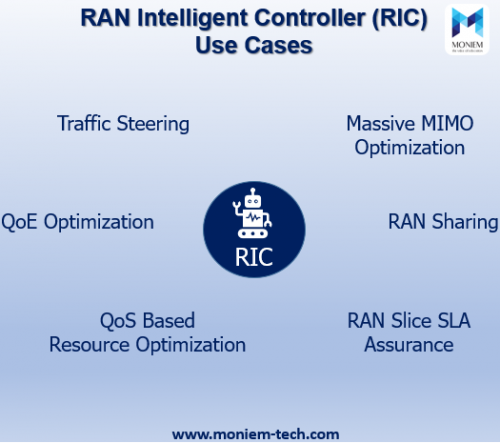
O-RAN Alliance has committed to evolving Radio Access Networks (RAN) around the world. Future RANs will be built on a foundation of virtualized network elements, white-box hardware, and standardized interfaces […]

Open RAN is a highly disruptive technology that will bring many benefits to Mobile Network Operators (MNOs), especially during the evolution to 5G. By opening up the RAN to multiple […]

O-RAN Alliance came up with RAN Intelligent Controller (RIC) to enable AI/ML-based RRM optimization, and which is expected to be merged with the existing central Self-Organizing Network (SON) function. Traditional […]
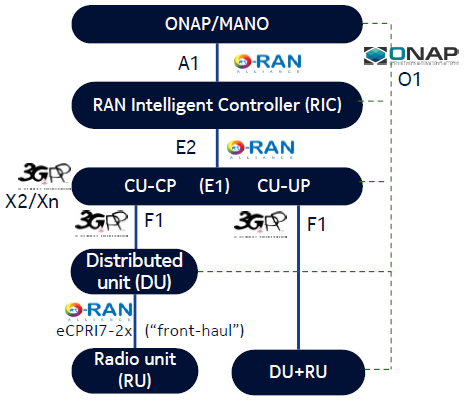
The main motive for the RAN Intelligent Controller (RIC) is to bring software-defined controllability to RAN to increase system performance as on the path towards 5G, with network densification, and […]

